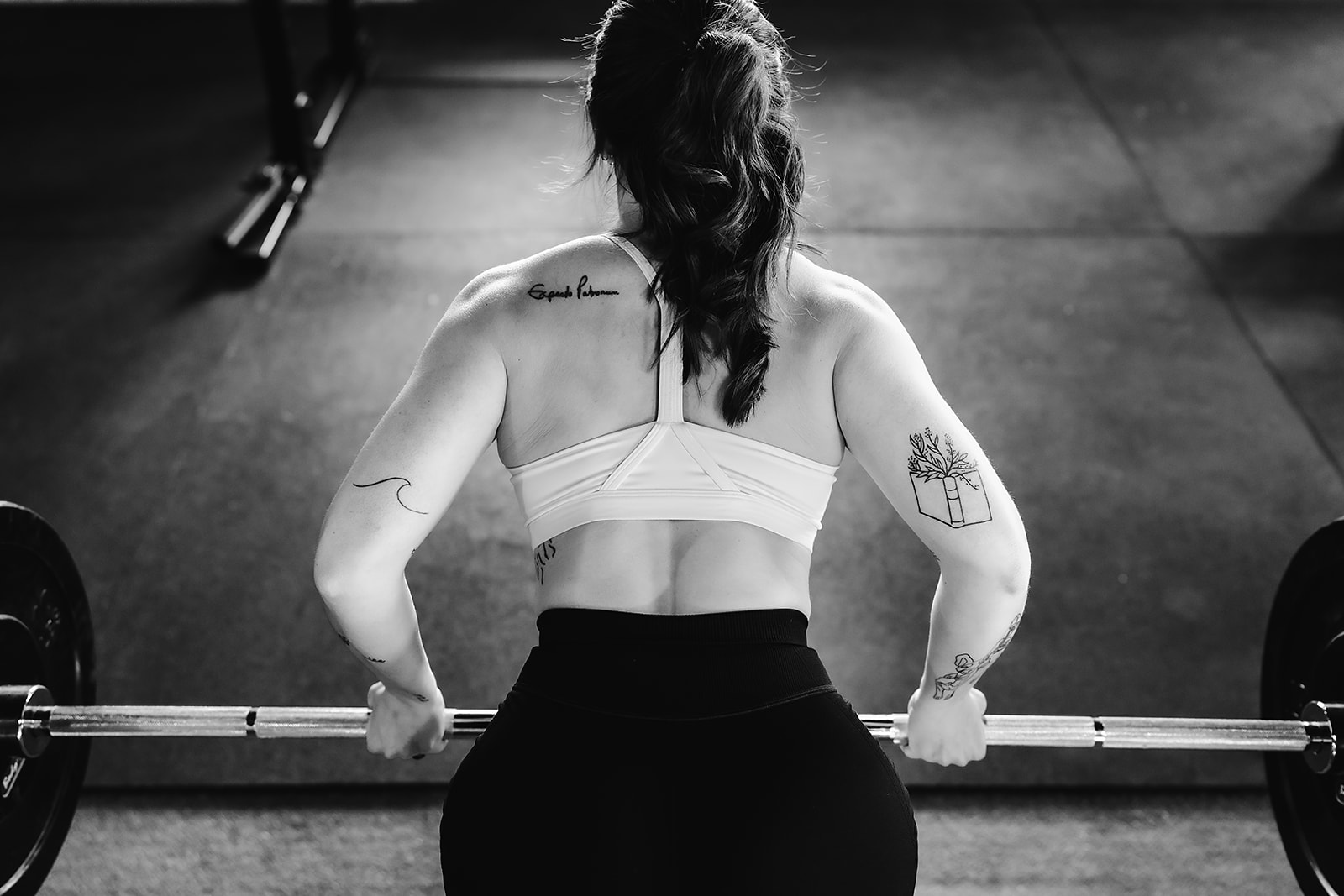Should you be training to failure every time? This article covers the importance of understanding how intensity affects workout effectiveness and muscle growth, and how you can structure your ideal training intensity.
What Is Training To Failure?
Training to failure is known as “concentric failure” — you reach the point at which whatever part of your body you’re working out literally gives out (or fails) and you physically can’t complete another repetition with good form. If doing another rep with solid form is possible, you haven’t reached concentric failure.
Training To Failure: Exploring Training Intensity
Training to failure ISN’T NECESSARY to see muscle and strength gains. Training to failure is also very intense and hard on the body. If you are an experienced lifter, training to failure can be beneficial because it can help you break through a plateau by adding intensity and a novel stimulus. So, for the right person it can help them gain muscle and strength faster – but this requires the right programming.
In general, training to failure can hinder muscle and strength growth, especially if someone is already flirting with the lines of overtraining. It can also potentially cause injuries because it increases the chance that the person will break form in order to reach complete and total muscle failure. Overtraining can also be inherent to always training to failure, which can put you in a deficit, causing detrimental consequences to the body while actively impending overall results from training. It’s important to remember that the more intensity you have in your training, the less volume you will need in order to recover properly.
The ideal training plan is a perfect balance of recovery and intensity. You’re trying to toe the line of intensity while being able to recover properly. Knowing your recovery needs isn’t about FEELING ready to train hard or FEELING recovered. It’s about understanding your minimum and maximum volume needs and knowing how to balance your recovery and intensity within those thresholds optimally.
Studies On Training To Failure
A review article from 2016 found that highly trained people experienced slightly greater increases in muscle strength and muscle mass when lifting to failure using heavy weights compared to without failure. If you’re building muscle and preparing for a bodybuilding or powerlifting competition, you may find training to failure beneficial. However, training to failure isn’t recommended for the average lifter. For people that need to workout everyday for mental well-being, training to failure is not recommended, is it will quickly lead to overtraining.
Should You Train To Failure?
Most strength and conditioning professionals and athletes suggest that it is better to train smarter rather than harder, which typically precludes the need to actually train to muscle failure in your workout sets. Most research suggests working at about 70-95% intensity for most sets with 1 to 3 reps in reserve verses going completely to failure at a 10 perceived rate of exertion (RPE).
Part of the science behind why training to complete failure is not ideal is because once your nervous system is fatigued, all following sets will be performed at a much lower capacity. For example, if on one set you can get 10 reps at complete failure, you may only get 5-6 the next set. If you stopped at 8 reps on the first set, you likely would have been able to get 7-9 on the next set. When you manage your intensity, your volume can increase and you’ll actually hit those volume goals vs going all out for the sake of lifting heavy or feeling the burn.
Click here to read our article on rate of perceived exertion (RPE) and percentage based intensity training. RPE stands for rate of perceived exertion. Perceived exertion is how hard you feel like your body is working. It is based on the physical sensations a person experiences during physical activity, including increased heart rate, increased respiration or breathing rate, increased sweating, and muscle fatigue. To gauge your own RPE, you can judge a certain workout based on a 1-10 scale of how hard it feels. If your RPE is at an 8, then you most likely have two reps left in reserve at the end of the set. An RPE of 8 is generally a perfect spot to be in because the load is intense enough that your muscles are getting fatigued, but not going to complete failure, so you will be able to complete the rest of your sets at around the same intensity. If you’re a beginner, getting used to doing movements correctly is important before trying to incorporate any RPE. Your body will gain strength from simply practicing the skills and the eight foundational movements because it’s so novel to the brain and body. Remember: slow and steady wins the race.
All in all, a combination of percentage and RPE based training while using a coach to give you objective feedback is the most optimal.
When Should You Train To Failure?
When and if training to failure is appropriate comes down to if you’re a beginner, intermediate, or advanced lifter. Beginners should never train to failure, because everything feels intense at first (even at a low to moderate intensity), simply because strength training itself is a novel stimulus to the body. Training to failure would be overkill and veer into overtraining very quickly. Intermediate lifters typically need to stay in the 8 RPE range. In our opinion, only advanced lifters should be contemplating training to failure as a somewhat regular practice. And by advanced lifter, you have been strength training for at least 5 years, your form is near perfect on your main lifts, you’re staying free of injuries for the most part, and your programming has some type of progressive overload.
Training Intensity & Aging
Strength training is so important as you age, and you still want to train with intensity. However, depending on your goals (maintaining health and strength vs performance), you can decrease intensity. A study showed that muscle mass can be increased through training at an intensity of only 60% to 85%. But improving the rate of force development requires training at a higher intensity (above 85%) which is true in both older adults and younger adults. So if you’re looking to increase force and power output, you have to keep the intensity high. But if you’re just looking to build and maintain muscle mass, you can train at 60-85% as an older adult.
Should I Train To Failure For Every Muscle Group?
Training certain moves to failure puts you at a greater risk for injury. Doing push-ups or pull-ups to failure is alright, but pushing squats and deadlifts can seriously increase your risk of a back injury and should typically not be done unless it’s in specific circumstances.
You also want to make sure your training intensity isn’t too low. You should be training at 70-85% training intensity regularly. If you’re training at a 5 RPE or just going through the motions without that needed intensity, you’re not going to see results.
There are certain circumstances where you can train “beyond failure” through intensity techniques. These techniques include drop sest, rest pause sets, and forced reps. A drop set is where you do your normal set as written, then immediately reduce the load by 20-25% and go until very close to failure. Drop sets lend themselves well to accessory lifts like lunges, lateral raises, biceps curls, triceps pressdowns, etc. Rest pause sets are where you do your normal set as written in your program, rest/rack the weight for 10-20 seconds as you focus on breathing to facilitate a short recovery, and then go for as many reps as you can after the short rest. Forced reps are where you basically can’t do any more reps in your set and you have a partner assist you on the concentric while you’re controlling the eccentric.
The benefits of forced reps and drop sets are similar to the failure training in that they produce more lactic acid, more metabolic stress, and more muscle fiber recruitment. These intensity techniques can produce a lot more CNS fatigue, so you have to manage these intensity techniques properly. The key is knowing when to use these techniques because they are extremely taxing. This depends on your training history, volume needs, recovery and more, but keep in mind these phases of overloading or using beyond failure techniques should probably not be used for extended periods of time in your training cycle.
Final Thoughts On Training To Failure
Generally speaking, you should never need to train to failure, unless you’re an advanced lifter, working with a coach, and you know what you’re doing and exactly how/why you’re structuring training to failure in your routine. Fitness is a lifestyle, meaning it’s for life – LONG TERM. Training to failure does not set you up for life-long success, but can rather lead to overtraining, which has a slew consequences. Remember: train smarter, not harder ALWAYS. If you feel training to failure is something you want to incorporate into your routine, you need to be working with a trainer. Period. However, for long-term fitness success, always try to hit a RPE of 8 in your workouts. You’ll see the best results in your routine without overdoing it.
Want to learn more? Listen to The Stronger Than Your Boyfriend Podcast, Episode 112: Training to Failure: Exploring Training Intensity.
Sources Cited:
Nóbrega Sanmy R., Libardi Cleiton A. (2016), Is Resistance Training to Muscular Failure Necessary? Frontiers in Physiology volume 7. https://www.frontiersin.org/articles/10.3389/fphys.2016.00010
Mayer, F., Scharhag-Rosenberger, F., Carlsohn, A., Cassel, M., Müller, S., & Scharhag, J. (2011). The intensity and effects of strength training in the elderly. Deutsches Arzteblatt international, 108(21), 359–364. https://www.ncbi.nlm.nih.gov/pmc/articles/PMC3117172/#:~:text=Strength%20training%20in%20the%20elderly%20(%3E60%20years)%20increases%20muscle,the%20individual%20maximum%20voluntary%20strength.



